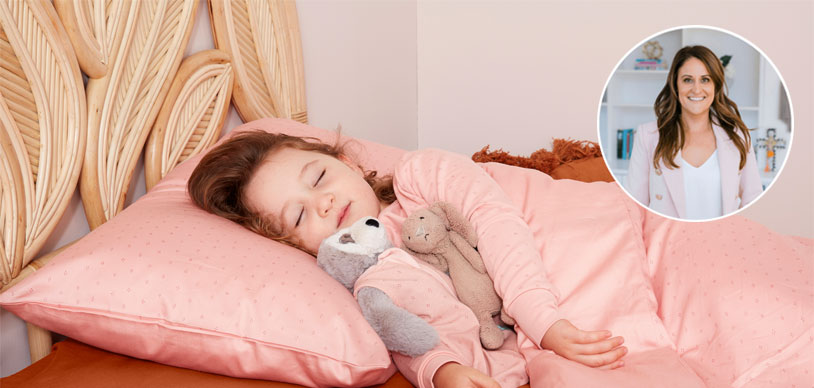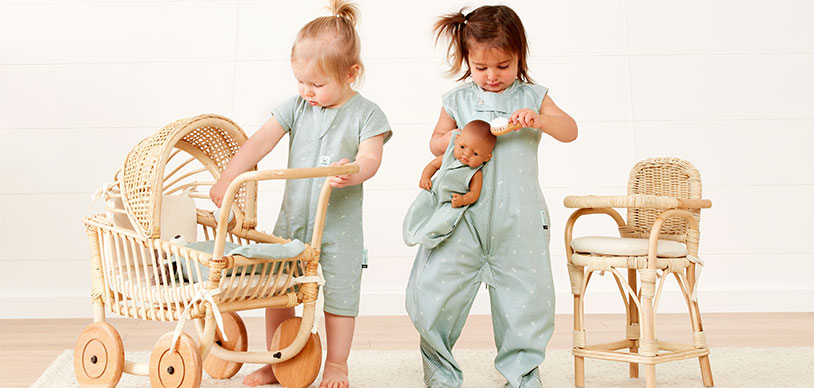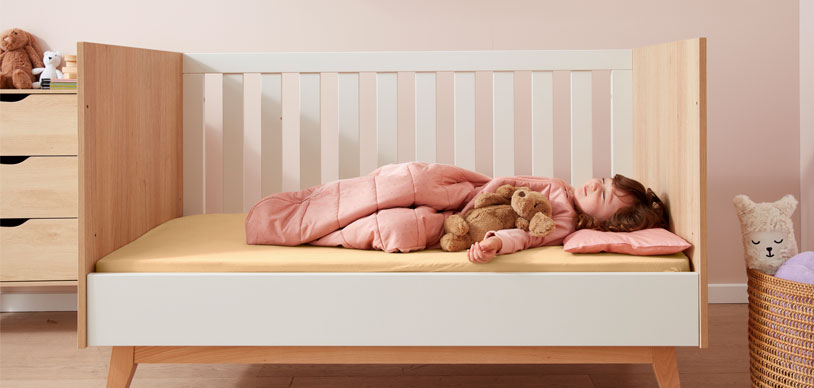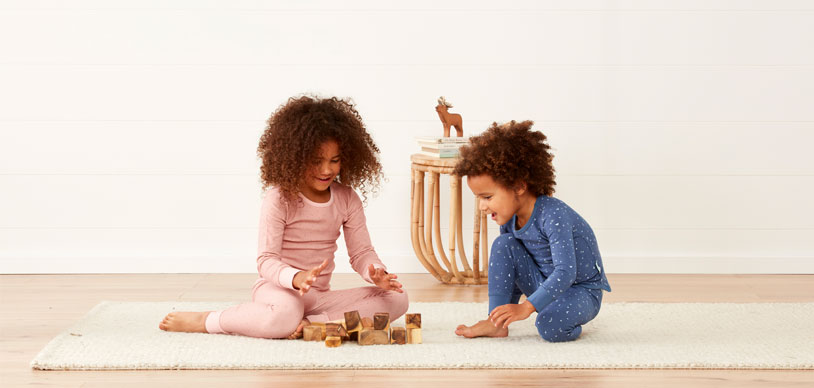The following article has been written for ergoPouch by registered pediatric psychologist, Amanda Abel (BsocSc, BAppSc(Psych)(Hons), MAPS, MAAPi). Amanda practices in Melbourne, Victoria at the Centre for Child Development.

Youve probably heard the term ˜sleep hygiene “ and wondered what it means and how it applies to toddler and preschool sleep habits. Sleep hygiene is all about the practices that are necessary to have healthy and quality night-time sleep.
If youve got a toddler or preschool child who refuses to sleep or is struggling to sleep enough at night, try these tried and tested sleep hygiene tips for children.
1. STOP SCREENS TWO HOURS BEFORE BEDTIME
This is because engaging with screens sends the wrong message to our brain and doesnt prepare us for bedtime. It is also really hard to get kids away from screens in most cases, so why put yourself through that battle at a time that is rife with challenges already?!

2. DIM THE LIGHTS IN THE LEAD UP TO BEDTIME - AND HAVE A DARK ROOM FOR YOUR CHILD TO SLEEP IN
In summer, pull the blinds down if your child goes to bed while it is still light outside. This is because our bodies naturally increase in melatonin during the evening to prepare us for sleep, but light inhibits this rise which delays our ability to fall asleep.

3. KEEP THE HOUSE CALM AND CHAOS-FREE
Set the tone for a successful bedtime by keeping the house calm and chaos-free as much as you can in the evenings. This is not the time for rough and tumble and excitement (as a general rule “ there will always be exceptions!). Keep it calm by also containing your own stress and emotion levels. Kids soak up our emotions, so if we are stressed, they can find that confronting and may act out. Try to engage in activities that keep you calm in the evenings as well “ whether thats simply lighting a candle, putting on some peaceful music or just reminding yourself to stay calm.

4. PRACTICE MOTOR SKILLS DURING THE DAY
Children are likely to sleep better if theyve had an active day. While ˜tiring them out physically has its place, by practicing gross motor skills during this period of rapid brain development, your child will be utilizing not only physical energy, but mental activity as well. Encourage your child to practice established skills while also teaching them new gross motor activities (like balancing, climbing, hopping and dodging obstacles), so they can continuously develop their gross motor repertoire.

5. ESTABLISH AND STICK TO A REGULAR NIGHT-TIME ROUTINE
When considering how to put a toddler to sleep, a night-time routine is key. You can perform the sequence of events that make up this ritual regardless of the time. It is more about the familiarity of the sequence than whether it is happening at 6.30 pm. For example, your routine could look like “ dinner, play time, bath, putting pajamas on, bedtime story or affirmations, and a good night kiss.
We hope these tips for how to get a toddler or preschooler to sleep help you all have a more restful evening.
Amanda Abel
Pediatric Psychologist